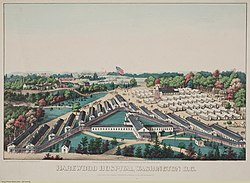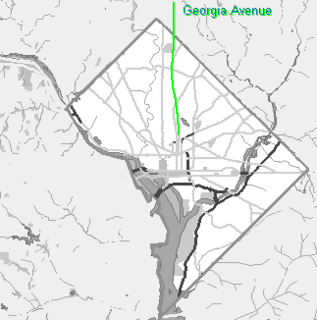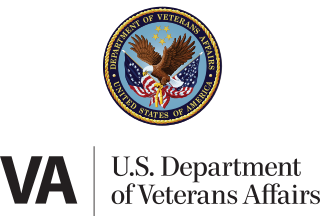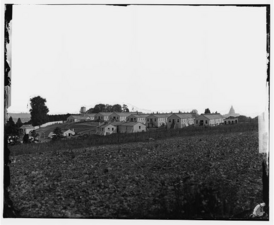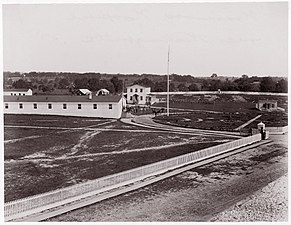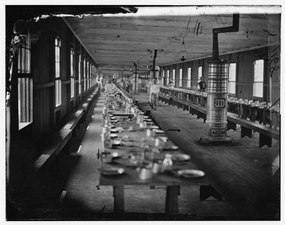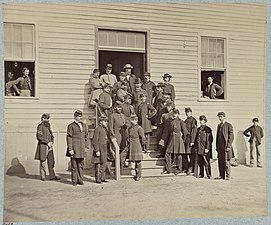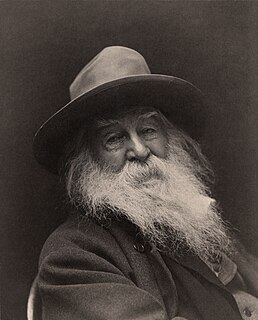
Walt Whitman was an American poet, essayist, and journalist. A humanist, he was a part of the transition between transcendentalism and realism, incorporating both views in his works. Whitman is among the most influential poets in the American canon, often called the father of free verse. His work was controversial in its time, particularly his poetry collection Leaves of Grass, which was described as obscene for its overt sensuality. Whitman's own life came under scrutiny for his presumed homosexuality.

James Harlan was an attorney and politician, a member of the United States Senate, a U.S. Cabinet Secretary at the United States Department of Interior under President Andrew Johnson, and a Federal Judge.

"O Captain! My Captain!" is an extended metaphor poem written in 1865 by Walt Whitman, about the death of American president Abraham Lincoln. The poem was first published in the pamphlet Sequel to Drum-Taps which assembled 18 poems regarding the American Civil War, including another Lincoln elegy, "When Lilacs Last in the Dooryard Bloom'd". It was included in Whitman's comprehensive collection Leaves of Grass beginning with its fourth edition published in 1867. The poem emphasizes grief and sorrow.

"When Lilacs Last in the Dooryard Bloom'd" is a long poem in the form of an elegy written by American poet Walt Whitman (1819–1892) in 1865.

Lincoln Park is the largest urban park located in the Capitol Hill neighborhood of Washington, D.C. It was known historically as Lincoln Square. From 1862 to 1865, it was the site of the largest hospital in Washington, DC: Lincoln Hospital.

Washington, D.C., during the American Civil War was the nerve-center of the Union war effort, which rapidly turned it from a small city into a major capital with full civic infrastructure and strong defenses.

Fort Corcoran was a wood-and-earthwork fortification constructed by the Union Army in northern Virginia as part of the defenses of Washington, D.C. during the American Civil War. Built in 1861, shortly after the occupation of Arlington, Virginia by Union forces, it protected the southern end of the Aqueduct Bridge and overlooked the Potomac River and Theodore Roosevelt Island, known as Mason's Island.
"Hush'd Be the Camps To-Day" is a poem by Walt Whitman dedicated to Abraham Lincoln. The poem was written on April 19, 1865, shortly after Lincoln's assassination. Whitman went on to write additional poetry about Lincoln: "O Captain! My Captain!", "When Lilacs Last in the Dooryard Bloom'd", and "This Dust Was Once the Man."
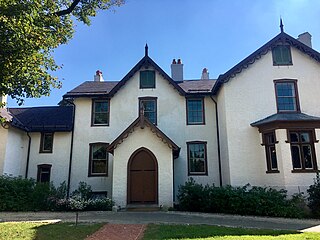
President Lincoln and Soldiers’ Home National Monument, sometimes shortened to President Lincoln's Cottage, is a national monument on the grounds of the Soldiers' Home, known today as the Armed Forces Retirement Home. It is located near the Petworth and Park View neighborhoods of Washington, D.C. President Lincoln's Cottage was formerly known as Anderson Cottage.

Minor's Hill is a geographic eminence located in the western tip of Arlington County, Virginia. Its summit rises to 459 feet above sea level.

Central State Hospital, originally known as the Central Lunatic Asylum, is a psychiatric hospital in Petersburg, Virginia, United States. It was the first institution in the country for "colored persons of unsound mind".

Drum-Taps is a collection of poetry by American poet Walt Whitman. The book, which was written during the American Civil War, was first published in 1865.
John Gibson Wright was a Union Army officer during the American Civil War.
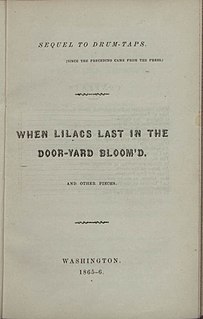
Sequel to Drum-Taps, subtitled When Lilacs Last in the Dooryard Bloom'd and other poems, is a collection of eighteen poems written and published by nineteenth-century American poet Walt Whitman in 1865. Most of the poems in the collection reflect on the American Civil War (1861–1865), and the collection includes two elegiac poems, When Lilacs Last in the Dooryard Bloom'd and O Captain! My Captain!, written in response to the Assassination of Abraham Lincoln in 1865. These poems were later included in Leaves of Grass, Whitman's comprehensive collection of his poetry that was expanded throughout his life.
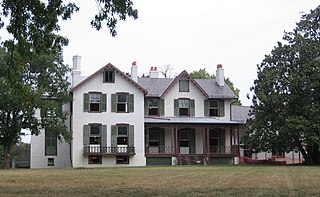
President Lincoln and Soldiers’ Home National Monument, sometimes shortened to President Lincoln's Cottage, is a national monument on the grounds of the Soldiers' Home, known today as the Armed Forces Retirement Home. It is located near the Petworth and Park View neighborhoods of Washington, D.C.. President Lincoln's Cottage was formerly known as Anderson Cottage.
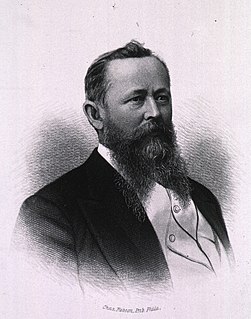
Reed Brockway Bontecou was an American surgeon, whose extensive photographic documentation of soldiers' wounds during the Civil War informed medical treatment, and were widely used to determine the degree of injury which determined of post-war pension payments.

The Armory Square Hospital formally known as the District Armory or Armory of the District of Columbia was a military hospital for the Union Army located on the National Mall in Washington, D.C., which operated from 1862 to 1865. It stood at the intersection of 6th Street SW and B Street SW between the Smithsonian Castle and the Capitol. The 12 wards extended across the Mall, all the way to the Canal. Today, the National Air and Space Museum stands in its place.

Finley General Hospital was a Union Army hospital which operated near Washington, D.C., during the Civil War. It operated from 1862 to 1865.

Mount Pleasant General Hospital was a Union Civil War hospital in northwest Washington, D.C., which operated from March 28, 1862, to August 10, 1865.
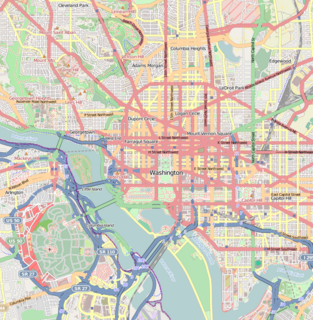
Campbell General Hospital was a Union Civil War hospital which operated from September 1862 to July 20, 1865, in northwest Washington, D.C..
